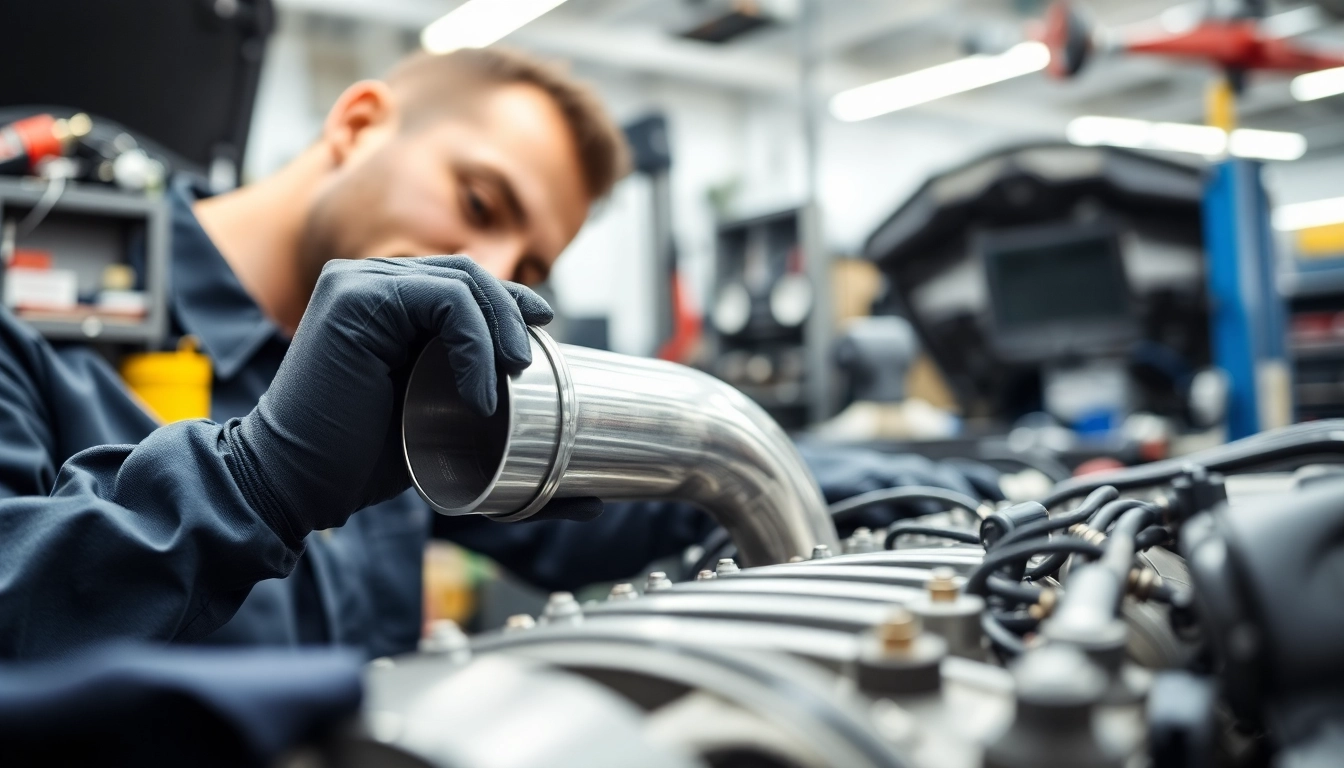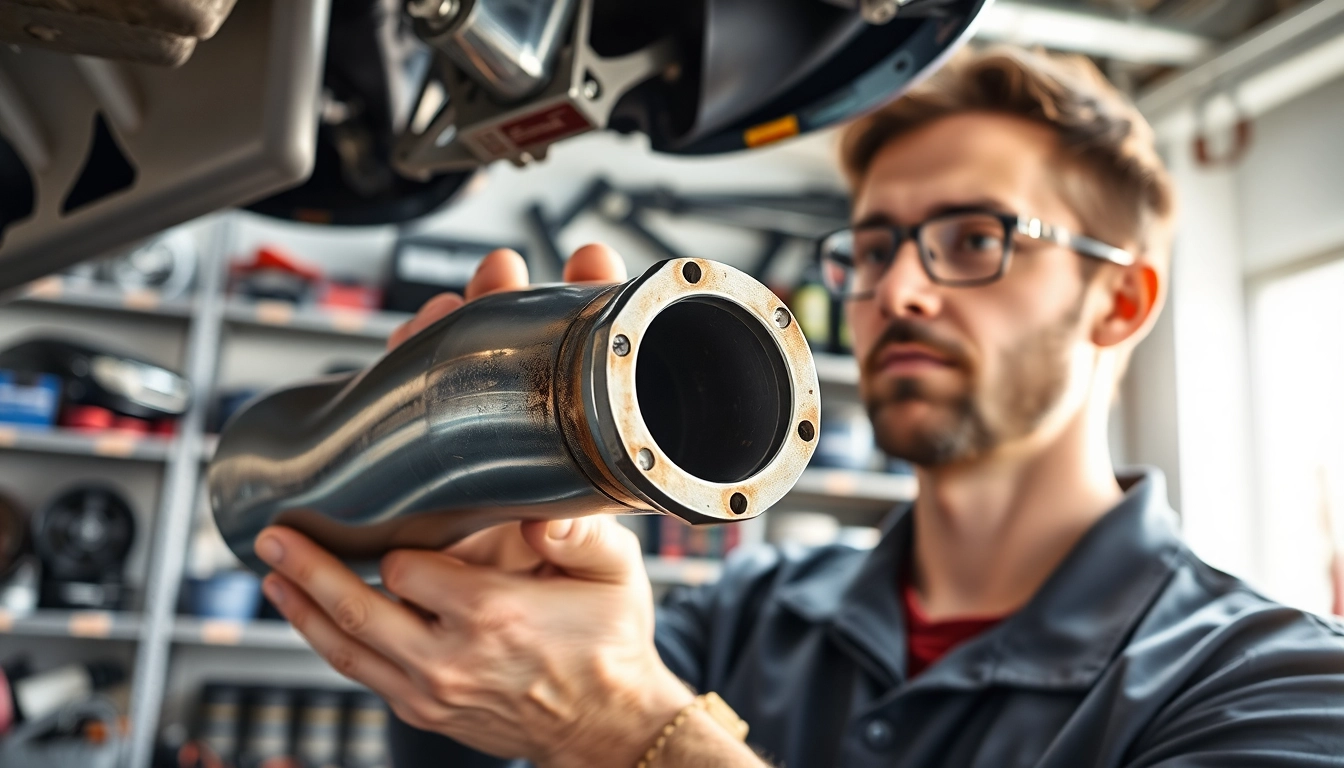
What Is a Charge Pipe and Its Function?
Definition of Charge Pipe
A charge pipe is a critical component within the intake system of a turbocharged engine. It is typically a tube designed to carry compressed air from the turbocharger through to the engine’s intake manifold after being cooled by the intercooler. Charge pipes can be made from various materials including aluminum, stainless steel, or durable rubber, each offering different strengths and levels of performance. By replacing the factory-installed charge pipes with aftermarket options, car enthusiasts often achieve improved airflow and performance levels.
How Charge Pipes Work
The primary role of a charge pipe is to transfer the compressed air created by the turbocharger to the engine’s intake. This process starts at the turbo, where air is compressed and directed toward the intercooler for cooling. Once the air is cooled, it is funneled through the charge pipe, which then seamlessly delivers the pressurized air into the throttle body. Subsequently, this pressurized air is introduced into the engine’s combustion chambers, where it supports efficient fuel combustion and power generation.
Importance in Turbocharged Engines
Charge pipes are particularly significant in turbocharged engines due to the higher pressures involved. Unlike naturally aspirated engines, turbo engines rely on forced induction, making it crucial for the charge pipes to maintain structural integrity under stress. A well-designed charge pipe can improve throttle response, enhance engine efficiency, and even increase horsepower. Furthermore, what is a charge pipe can prevent issues such as boost leaks, which can hinder engine performance.
Components of a Charge Pipe System
Materials Used in Charge Pipes
When selecting a charge pipe, the material used is an essential factor to consider. Aluminum is a popular choice due to its lightweight and excellent heat dissipation characteristics. Stainless steel, while heavier, is known for its durability and resistance to corrosion. Rubber charge pipes, often used in factory setups, provide flexibility but may not withstand the higher pressures seen in modded engines over time. Each material presents its own set of advantages that cater to different performance needs.
Intercooler and Intake Connections
Charge pipes are also defined by their connections to various components, specifically the intercooler and the intake manifold. A charge pipe often connects directly to the outlet of the intercooler and channels air into the throttle body. Ensuring tight seals at these junctions is critical to prevent leaks, which can cause a drop in performance and increases the risk of engine knock or damage.
Link to Diverter Valves
A crucial aspect of charge pipes is their association with diverter valves or blow-off valves. These components help regulate boost pressure and reduce compressor surge when the throttle plate closes. The proper functioning of these valves is essential, as they protect against pressure spikes that could potentially damage other system components. Charge pipes are structured to accommodate these valves, further linking them to the efficiency of the engine’s air management system.
Reasons for Upgrading Your Charge Pipe
Performance Improvements
Upgrading to a high-performance charge pipe can lead to notable gains in engine output and drivability. Enhanced airflow capabilities improve throttle response and overall engine efficiency, enabling a better power-to-weight ratio. This upgrade often leads to a noticeable improvement in acceleration and handling, particularly for performance-focused vehicles.
Durability and Reliability Benefits
Factory charge pipes are often designed with cost-effectiveness in mind and may use materials that do not hold up well under extreme conditions or pressures. Upgrading to an aftermarket charge pipe crafted from robust materials can significantly enhance durability, reducing the likelihood of leaks, cracks, or complete failure under high boost scenarios. This reliability is essential for both daily drivers and race cars alike.
Enhanced Airflow Dynamics
The design and routing of a charge pipe can greatly affect airflow dynamics. Aftermarket options are typically engineered to provide smoother bends and larger diameters than stock pipes, allowing for improved air passage. Improved airflow dynamics not only increases performance but can also aid in engine cooling by ensuring that air entered into the combustion chamber has been adequately cooled by the intercooler.
Common Issues with Charge Pipes
Signs of a Faulty Charge Pipe
Recognizing the signs of a faulty charge pipe is crucial for maintaining engine performance. Symptoms can include a noticeable loss of boost pressure, hissing noises that suggest air leaks, or check engine lights indicating error codes related to intake pressure. Additionally, reduced power output or poor throttle response can signify an issue with the charge pipe.
Potential Risks of Failing Pipes
Failure of a charge pipe can result in significant engine performance issues. A ruptured charge pipe often leads to boost loss, and can even cause engine knock due to insufficient air entering the combustion chambers. In severe cases, a total failure could lead to complete engine shutdown or extensive internal engine damage. It’s vital to address any signs of wear or damage proactively to prevent costly repairs.
Prevention and Maintenance Tips
Regular inspections and maintenance are essential for prolonging the lifespan of charge pipes. Checking for visible signs of wear, cracks, or leaks can help you catch problems before they escalate. Some enthusiasts recommend using clamps and couplers that are rated for higher pressure to prevent common points of failure. Additionally, cleaning the inside of charge pipes can help maintain optimal airflow and prevent carbon buildup.
Choosing the Right Charge Pipe for Your Vehicle
Factors to Consider
When selecting the right charge pipe, it’s important to consider various factors, including your vehicle’s make and model, engine size and requirements, and your specific performance goals. Different vehicles may have unique charge pipe designs; hence compatibility is paramount. Consideration should also be given to the material type, expected boost levels, and whether the charge pipe system integrates well with other aftermarket modifications.
Comparing Different Brands and Models
Researching different brands and models will assist you in making an informed decision. Look for reviews, compare specifications, and evaluate user experiences, particularly from those with similar make and model vehicles. This assessment can reveal brand reliability, overall durability, and performance in real-world applications. A well-reviewed product will often bring peace of mind regarding your investment.
Installation Tips for Charge Pipes
Installing a charge pipe can be straightforward, but attention to detail is crucial. Begin by ensuring you have all necessary tools and components before starting. Following manufacturer instructions and specifications will lead to a proper fit. If you’re not confident in your mechanical skills, it’s advisable to consult a professional mechanic. Ensuring all connections are tight and secure upon installation is vital for preventing leaks and ensuring optimal performance.





